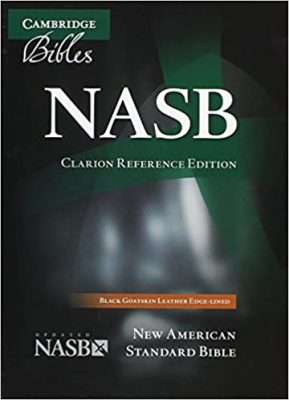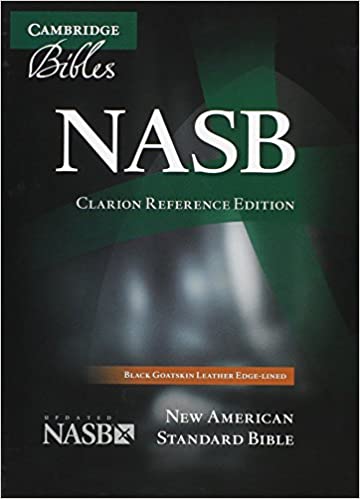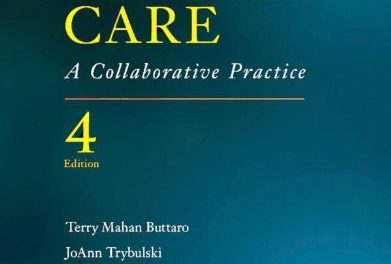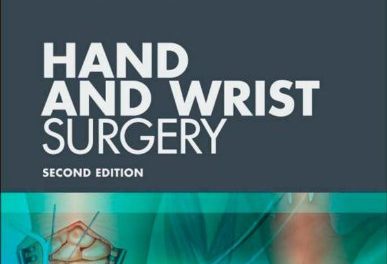 Publisher: Cambridge University Press – 2,028 pages
Publisher: Cambridge University Press – 2,028 pages
Book Review by: Sonu Chandiram
This Bible begins by listing the Books of the Old and New Testaments:
| Page No. | Testament | Testament | Page No. | ||||
| Acts | 1681 | New | Old | Judges | 364 | ||
| Amos | 1422 | Old | Old | 1 Kings | 504 | ||
| 1 Chronicles | 643 | Old | Old | 2 Kings | 554 | ||
| 2 Chronicles | 648 | Old | Old | Lamentations | 1274 | ||
| Colossians | 1816 | New | Old | Leviticus | 149 | ||
| 1 Corinthians | 1760 | New | New | Luke | 1582 | ||
| 2 Corinthians | 1781 | New | Old | Malachi | 1485 | ||
| Daniel | 1370 | Old | New | Mark | 1548 | ||
| Deuteronomy | 266 | Old | New | Matthew | 1493 | ||
| Ecclesiastes | 1022 | Old | Old | Micah | 1441 | ||
| Ephesians | 1803 | New | Old | Nahum | 1452 | ||
| Esther | 743 | Old | Old | Nehemiah | 719 | ||
| Exodus | 81 | Old | Old | Numbers | 197 | ||
| Ezekiel | 1287 | Old | Old | Obadiah | 1435 | ||
| Ezra | 703 | Old | New | 1 Peter | 1867 | ||
| Galatians | 1795 | New | New | 2 Peter | 1874 | ||
| Genesis | 1 | Old | New | Philemon | 1842 | ||
| Habakkuk | 1457 | Old | New | Philippians | 1811 | ||
| Haggai | 1468 | Old | Old | Proverbs | 973 | ||
| Hebrews | 1844 | New | Old | Psalms | 814 | ||
| Hosea | 1397 | Old | New | Revelation | 1887 | ||
| Isaiah | 1046 | Old | New | Romans | 1737 | ||
| James | 1862 | New | Old | Ruth | 404 | ||
| Jeremiah | 1161 | Old | Old | 1 Samuel | 409 | ||
| Job | 755 | Old | Old | 2 Samuel | 460 | ||
| Joel | 1414 | Old | Old | Song of Solomon | 1035 | ||
| 1 John | 1878 | New | New | 1 Thessalonians | 1822 | ||
| 2 John | 1884 | New | New | 2 thessalonians | 1826 | ||
| 3 John | 1885 | New | New | 1 Timothy | 1829 | ||
| John | 1639 | New | New | 2 Timothy | 1835 | ||
| Jonah | 1437 | Old | New | Titus | 1840 | ||
| Joshua | 325 | Old | Old | Zechariah | 1471 | ||
| Jude | 1886 | New | Old | Zephaniah | 1462 | ||
In the Foreword, a Scriptural Promise is quoted from Isaiah 40:8: “The grass withers,
the flower fades, but the word of our God lives forever,” and goes on: “The New American Standard Bible has been produced with the conviction that the words in the Hebrew, Greek and Aramaic are inspired by God. Since they are the words of God, the Holy Scriptures speak with fresh power to each generation, to give wisdom that leads to salvation, that men may serve Christ to the glory of God.
This Bible has been published by the Lockman Foundation. Its “Four-Folded Aim” is presented below:
- These publications shall be true to the original Hebrew, Greek and Aramaic
- They shall be grammatically correct
- They shall be understandable
- They shall give the Lord Jesus Christ His proper place, the place which the Word gives Him; therefore, no work will ever be personalized.
An explanation concerning some versions and editions of the Holy Bible is provided in the Preface. These are some important points:
- The King James Version (KJV) is the “most prestigious” of various versions
- The ‘time-honored’ KJV version of 1611, itself a revision of the Bishop’s Bible of 1568, became the basis for the English Revised Version appearing in 1881 (New Testament) and 1883 (Old Testament).
- The American version of this last work was published in 1901 as the American Standard Version (ASV).
- The ASV, a product of both American and British scholarship, has been highly regarded for its accuracy and scholarship
- To preserve these and other values of the ASV, to incorporate recent discoveries of Hebrew and Greek textual sources, and to render them into more current English usage, the Lockman Foundation, a new translation project began in 1959 based on the time-honored translation principles of the ASV and the KJV
- The result of all these efforts? The New American Standard Bible (NASB).
The updated content in this NASB is provided in this excellent package: a Holy Bible bound in durable, edge-lined, handmade, long-lasting, strong, superior, supple goatskin leather.
Cambridge University Press has been the leader, for over four centuries (since 1568) in producing Bibles with outstanding craftsmanship and high-level skills.
This is an edge-lined product. Edge-lining is a process of fusion between the inner cover of the book and its endpapers, which noticeably extends from the spine up to a quarter of the width of the book. For those familiar only with the appearance of mechanized book-binding, this feature may appear unusual; but rest assured that this is both an intentional and necessary part of the process involved in this superior form of binding.







